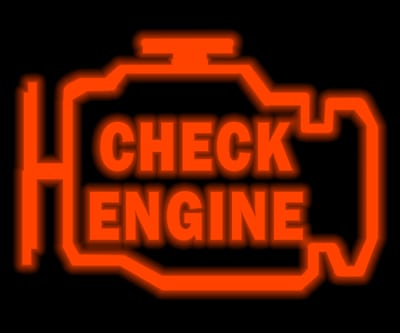Even before you purchase a car, it’s very important to be informed on how to obtain insurance coverage and how the specific coverage works. Not being insured can lead to fines and large costs if you are involved in an accident.
Statistics show that in 2019, Canada had approximately 35 million registered vehicles. And it’s no wonder why the Canadian car insurance market is so diverse and well-developed.
In this article, we will discuss the different types of car insurance available, the factors that impact the premium cost, and other important things to consider before making a decision.
How Does Car Insurance Work?
Car insurance is very similar to home insurance. You’ll have to pay monthly or annual premiums if you want your car covered against damage. These premiums will be calculated according to the insurance company’s assessment of the annual costs of covering your vehicle.
The insurance company’s estimate of the amount they would have to pay in claims over the course of the year is the most important factor that influences the price of premiums. This is the cost you pay to the company to assume the risk of your vehicle. The company collects all premiums from customers and then uses them to cover losses during the year. Be careful when drafting your contract.
To get an estimate of how expensive car coverage can get, you can always use the help of an Ontario car insurance calculator. However, these tools can be a bit intimidating if you are not well versed in car insurance jargon. That’s why we recommend you consult professional brokers that will help you find the best coverage possible.
Make sure you know what losses you are covered for. It can be difficult to understand these contracts, so it might be a good idea to speak with an agent before signing the contract.
What Are the Best Ways to Find Out Whether You Need a Car Insurance Policy in Canada?
Anyone operating a motor vehicle in Canada must have valid insurance. You could face a penalty of $5,000 to $50,000 and the impoundment and suspension of your license if you do not have one.
Driving without insurance will also make you a high-risk driver. You may be charged higher premiums or denied coverage. Imagine you’re uninsured and are involved in an accident that results in injury or death for the other person. In such a case, you would be responsible for all costs incurred by the other party, including medical bills.
There Are Many Types of Car Insurance Available in Canada
Here are four types of car insurance you might be interested in getting from your trusted insurer:
Third-Party Liability Insurance
This coverage protects you from damage to the property of another party, and also protects you from damages in the case of death or injury in an accident in which you are culpable. Canada often requires this type of coverage.
This type of insurance has two parts. Besides covering your medical expenses if you are injured in an accident, it will also cover your legal and defense costs. Liability insurance is generally mandatory and the minimum amount of liability that’s required in Canada is $200,000, except in Quebec where $50,000 suffice.
Collision Coverage
Third-party liability coverage is also included in collision coverage. Collision coverage covers you if you collide with anything other than a car, such as a handhold or a structure on the side of a road. This coverage is usually more expensive than standard liability.
Comprehensive Coverage
This coverage offers the most security. Comprehensive coverage covers you for medical and accident-related damage, as well as floods and theft. This is, as you might expect, the most expensive of all three.
All Perils and Specified Perils
These optional coverages can be used to protect against specific perils. These include natural disasters and theft-related damage. The all-perils option provides the most extensive protection, combining collision and comprehensive coverages.
Final Thoughts
After you have mastered the basics of car insurance, you will need to consider several factors that can affect the cost of your premiums. These include the province where you live, the vehicle type you drive, your driving record, gender, and age.
Insurance companies are legally allowed to increase premiums on the basis of age or gender. Bundling your car insurance can help you save money. You also have the option to raise your deductibles and research the market for new policies.







